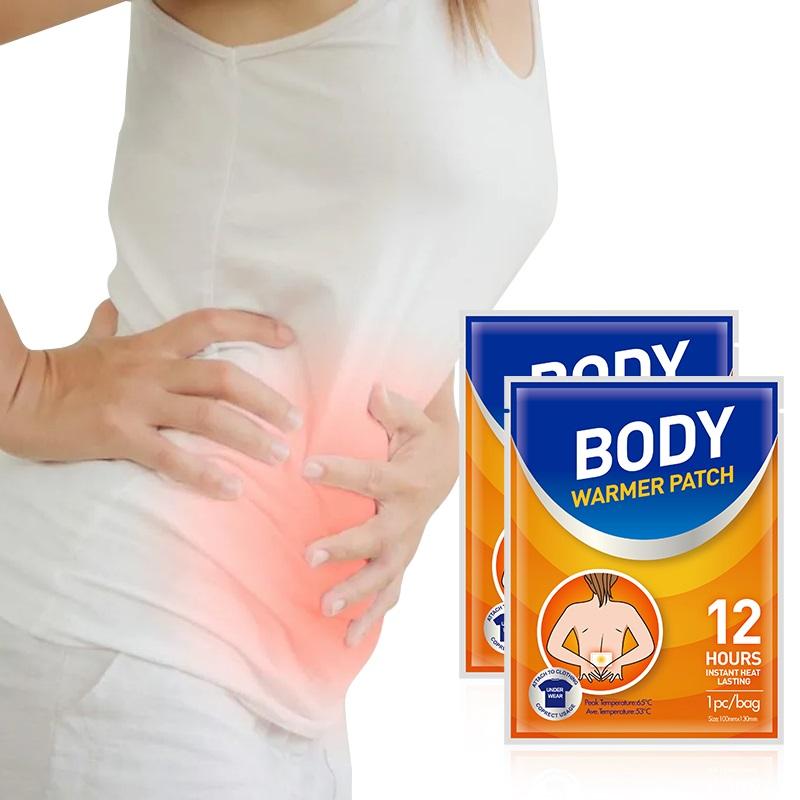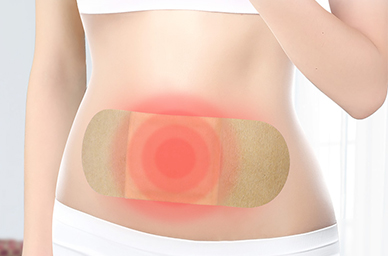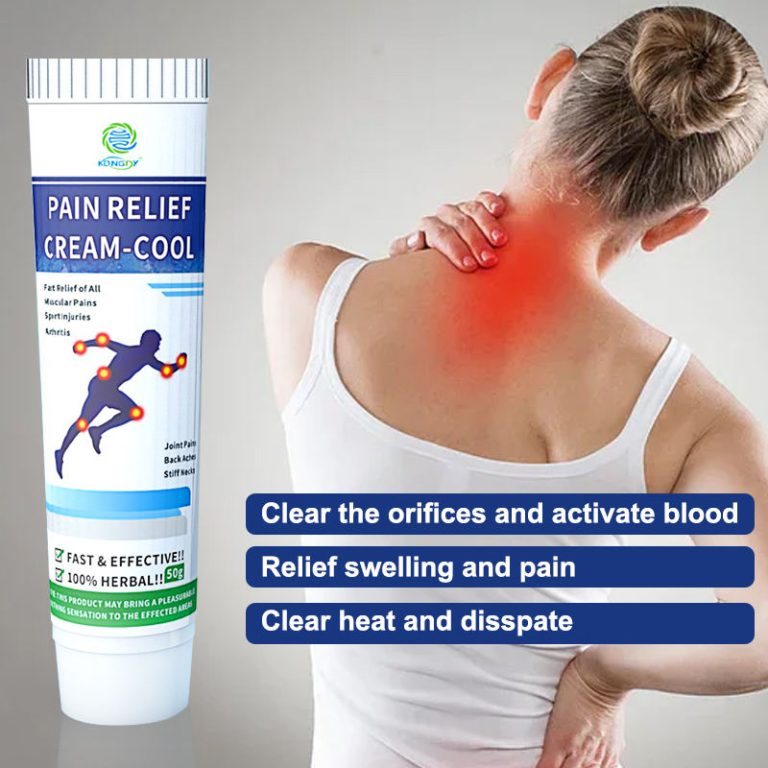While winter heat pads provide invaluable comfort during cold months, understanding their proper use and safety considerations is crucial for optimal benefits. These warming devices, whether electric, chemical, or microwaveable, require specific handling to prevent accidents and ensure maximum effectiveness.
The key to safe heat pad usage lies in following manufacturer guidelines regarding duration and temperature settings. Most experts recommend limiting continuous use to 20-30 minutes to prevent skin irritation or burns. Users should always place a thin barrier, such as a cloth, between the heat pad and skin, particularly with electric variants that can reach higher temperatures.

Energy efficiency has become a significant consideration in heat pad selection, with manufacturers developing products that provide sustained warmth while minimizing power consumption. Modern electric heat pads often incorporate auto-shutoff features and multiple heat settings, allowing users to customize their experience while maintaining safety and energy efficiency.
Storage and maintenance also play crucial roles in heat pad longevity and safety. Electric models should be inspected regularly for wear and tear, while chemical pads must be stored at appropriate temperatures to maintain their effectiveness. Proper care not only extends the product’s lifespan but also ensures consistent performance throughout the winter season.
These safety and efficiency considerations have led to technological advancements in heat pad design, including improved insulation materials, more accurate temperature sensors, and better heat distribution systems, making them more reliable and safer than ever before.






